This exploration is for middle grades and high school, as the colored smilies show. Learn about European colonization of Africa as you color a Scramble For Africa Map of the early 1900s.

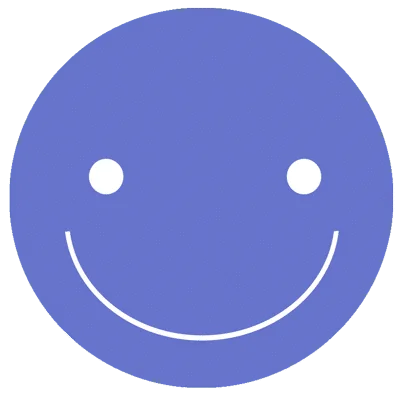
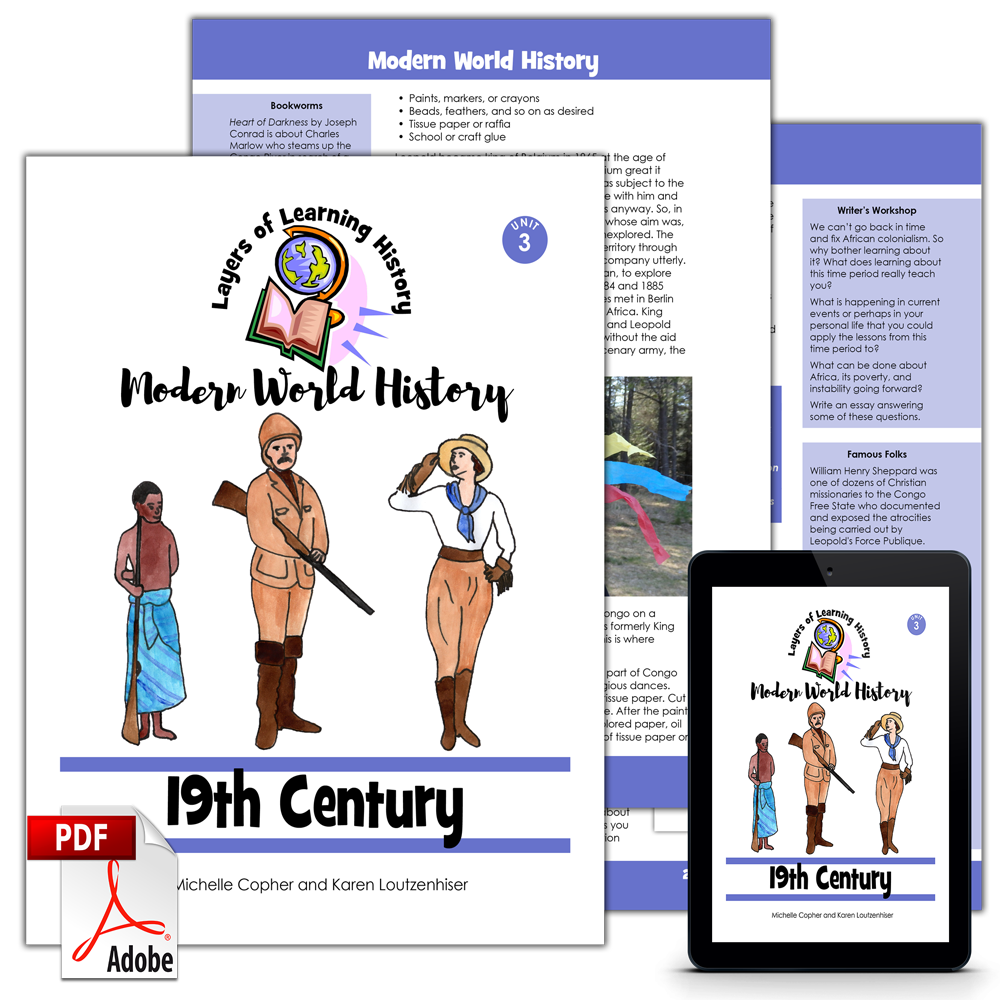
This European Colonization of Africa exploration is from Modern World History: 19th Century, which is about the modern history of Africa and especially European colonization. The history units of Layers of Learning have lots of historical maps to color like this one. Learn more about Layers of Learning.
Europeans turned their attention to the colonization of Africa in the 1800’s. First they merely explored, then they began to trade (including the slave trade), and finally they wanted to control. It quickly became a race between European powers to see who could snap up the most land, power, and wealth in Africa. By 1910 nearly all of Africa was being controlled by colonial powers.
Step 1: Library Research
The first step is to search out and read information about the Scramble for Africa from authors who know and love their subject. Here are two suggestions, but if you can’t find these at your library search for books about Scramble for Africa, Africa colonization, King Leopold II, Boer War, David Livingstone, and Cecil Rhodes. The colored smilies above each book tell you what ages they are intended for.
As Amazon affiliates, the recommended books and products below kick back a tiny percentage of your purchase to us. It doesn’t affect your cost and it helps us run our website. We thank you!
Both of these books have disturbing details of brutality. That’s kind of the point. This was a brutal occurrence in world history. That’s the main reason we need to learn about it. So we can learn from it and not repeat what others have done. We highly recommend you read these books with your children or at the same time so you can have discussions and help them process what they learn.
Step 2: Scramble for Africa Map Exploration
After doing some background reading, color a Scramble For Africa map showing the colonies divided between European powers.
While you are coloring talk about the map and what it represents.
- Why did Europeans want to control Africa?
- Why was Africa relatively easy to conquer? It only took about ten years for nearly every scrap of land to be claimed.
- How did African people suffer and why did Europeans treat others so horribly? How did Europeans justify what happened?
- How is Africa still suffering from this time in history?
Step 3: Show What You Know
Have your children write 1-3 paragraphs on the back of their maps about what happened to Africa in their own words and then why they think it happened.
Additional Layers
Additional Layers are extra activities you can do or tangents you can take off on. You will find them in the sidebars of each Layers of Learning unit. They are optional, so just choose what interests you.
Additional Layer

Learn about some of the major religions of Africa. Christianity and Islam are the two biggest. How do the beliefs of African people relate to the history of Africa?
Deep Thoughts

Have a discussion with your kids about this: Historians call the desire to control other people the “Conquest Paradigm”. When have you seen the conquest paradigm occur in history? Why do you think humans want to control others? What are alternatives to the conquest paradigm?
Famous Folks

Roger Casement journeyed into the Belgian Congo at great personal risk in 1905 to learn about and expose atrocities being committed there. His “Casement Report” became famous and the impetus for removing the Congo from control of Leopold. Roger Casement went on to expose other abuses all over the world. He became the first one to investigate human rights violations by governments and other groups. Learn more about him and the Casement Report.
Get a Free Unit
Choose between the first unit in each Layers of Learning subject to try for free when you sign up for the newsletter.
We never spam and you can cancel your subscription at any time.


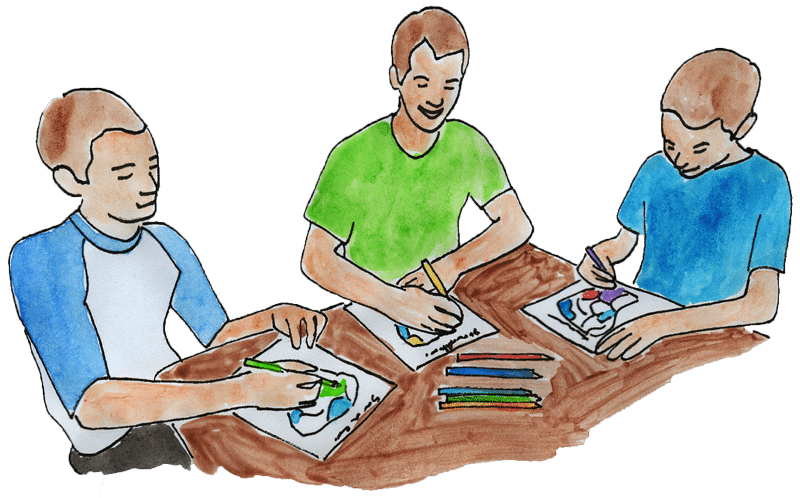

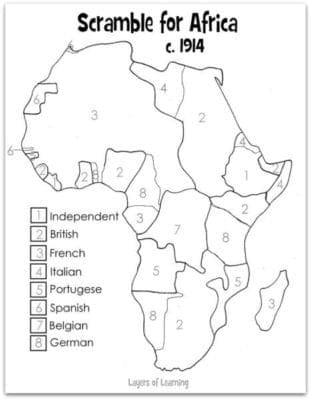
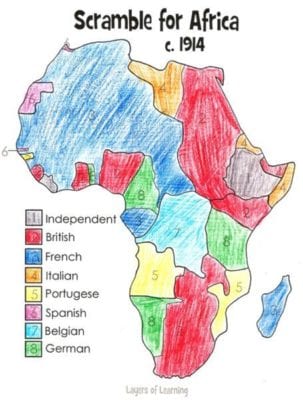
This is awesome! Something I wanted to bring to my kids after the recent Tarzan movie came out.